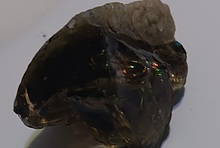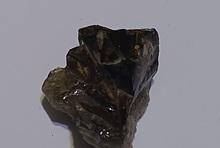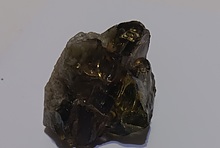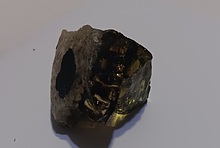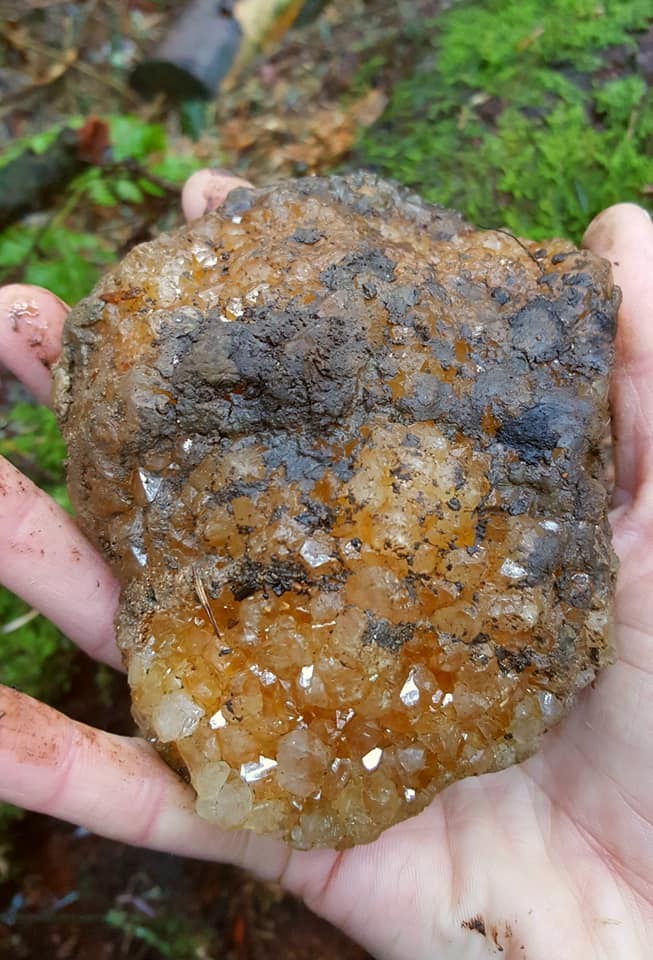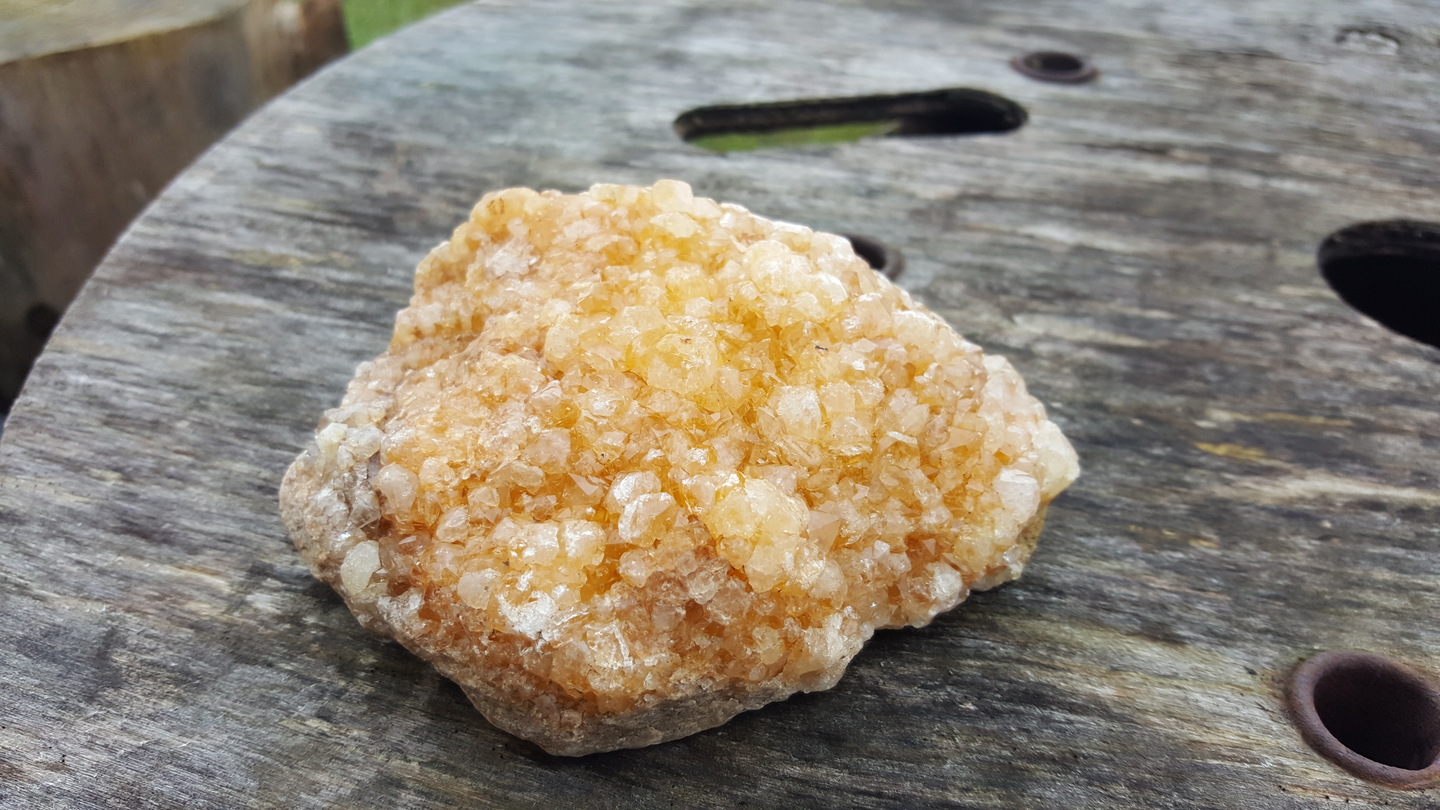Home PageAbout MindatThe Mindat ManualHistory of MindatCopyright StatusWho We AreContact UsAdvertise on Mindat
Donate to MindatCorporate SponsorshipSponsor a PageSponsored PagesMindat AdvertisersAdvertise on Mindat
Learning CenterWhat is a mineral?The most common minerals on earthInformation for EducatorsMindat ArticlesThe ElementsThe Rock H. Currier Digital LibraryGeologic Time
Minerals by PropertiesMinerals by ChemistryAdvanced Locality SearchRandom MineralRandom LocalitySearch by minIDLocalities Near MeSearch ArticlesSearch GlossaryMore Search Options
The Mindat ManualAdd a New PhotoRate PhotosLocality Edit ReportCoordinate Completion ReportAdd Glossary Item
Mining CompaniesStatisticsUsersMineral MuseumsClubs & OrganizationsMineral Shows & EventsThe Mindat DirectoryDevice SettingsThe Mineral Quiz
Photo SearchPhoto GalleriesSearch by ColorNew Photos TodayNew Photos YesterdayMembers' Photo GalleriesPast Photo of the Day GalleryPhotography
╳Discussions
💬 Home🔎 Search📅 LatestGroups
EducationOpen discussion area.Fakes & FraudsOpen discussion area.Field CollectingOpen discussion area.FossilsOpen discussion area.Gems and GemologyOpen discussion area.GeneralOpen discussion area.How to ContributeOpen discussion area.Identity HelpOpen discussion area.Improving Mindat.orgOpen discussion area.LocalitiesOpen discussion area.Lost and Stolen SpecimensOpen discussion area.MarketplaceOpen discussion area.MeteoritesOpen discussion area.Mindat ProductsOpen discussion area.Mineral ExchangesOpen discussion area.Mineral PhotographyOpen discussion area.Mineral ShowsOpen discussion area.Mineralogical ClassificationOpen discussion area.Mineralogy CourseOpen discussion area.MineralsOpen discussion area.Minerals and MuseumsOpen discussion area.PhotosOpen discussion area.Techniques for CollectorsOpen discussion area.The Rock H. Currier Digital LibraryOpen discussion area.UV MineralsOpen discussion area.Recent Images in Discussions
Identity HelpYellow/orange crystal mineral - what could it be?

13th Mar 2018 20:40 UTCReb Burns
I've tried to provide some of the necessary info based on your pinned "Read this first" post... but please be patient as I'm new to this!
I'd say it has a vitreous lustre.
It is an yellow-orange colour. It could be stained with iron? There are marshy bits in the area I found it where the water has an orange colouration, so could there be iron in the ground?
I can mark it with a pen knife (I don't have anything more sophisticated to try it with!).
The entire rock/mineral fits on my hand (as per the uncleaned picture).
It's hard to see what shape the crystals are because they are so crammed together and aren't very long/tall in length. I can't tell if they have four or six sides, for example, but they look a bit like a pyramid shape, but less regular in dimensions. So hard to tell because they all push up against each other!
I tried putting a small chip of the mineral in some white wine vinegar and there was no visible fizz - and it has been in the vinegar overnight without any obvious reduction in size - but it seems a bit soft for quartz as I can mark it with a penknife?
13th Mar 2018 21:39 UTCOwen Lewis

13th Mar 2018 22:33 UTCDoug Daniels

13th Mar 2018 23:09 UTCReb Burns

13th Mar 2018 23:11 UTCReb Burns
I've contacted Bristol Museum's geology curator who said she'd like me to take it in to show her. Hopefully we might get a definitive ID from her. It's great that she's happy for us to show her.
14th Mar 2018 00:54 UTCKevin Conroy Manager
When you tried scratching with a knife, did it leave a distinct scratch in a crystal? Try scratching a crystal with a penny. It should be slightly harder than baryte but still leave a mark.
14th Mar 2018 01:35 UTCOwen Lewis
- A likelihood that the orange colour results from iron-staining and is not the colour of the crysals in a pure state.
- No effervescence should mean not calcite.
- That you can scratch with 'any old pen-knife also should mean that the crystals are not quartz.
There's an interesting report of Somerset minerals here https://www.mindat.org/locdetailed-18307.html that might help.
I'm sure that toy will get a satisfactory ID for your specimen and I'd personally be grateful if you report it back here when you do. It's always good to have an authoritative outcome to any and all ID queries.

14th Mar 2018 01:47 UTCDoug Daniels

14th Mar 2018 02:52 UTCThomas Lühr Expert
Thomas

14th Mar 2018 06:12 UTCTom Goodland
14th Mar 2018 13:13 UTCPeter Nancarrow 🌟 Expert
Pete N.

14th Mar 2018 20:23 UTCReb Burns
Kevin - I'm not sure if it's heavy for its size. I need to get some other rocks and compare weight. Tomorrow I'll have a go at finding some to compare.
Peter - If it is quartz, would that make it citrine simply because of its colour, or is there more to a mineral's classification than that? I went to a local museum today (Radstock) and a lady there showed me citrine and said it looked very similar - but she was a volunteer, and not a geologist / expert - so was just comparing specimens as I was planning to do. They did look very similar, except for the rock they are attached to (hers was white, mine is striped/streaked).
Doug/Owen - I will re-post again once I have an ID, if I get one! The geology curator at Bristol Museum has asked us to bring it in to show her in early April, so she can have a look at it. I think her offer is very generous and she also said she will show my and my 5-year-old daughter around her geology exhibits! Great to have an expert guide. I'll also check out that link, Owen - thanks.
Tom - Hello from a fellow Somerset dweller. I'm Reb - as in "Rebecca" - rather than Rob ;-)
14th Mar 2018 20:33 UTCScott Rider

14th Mar 2018 20:52 UTCReb Burns

14th Mar 2018 20:53 UTCReb Burns

14th Mar 2018 21:16 UTCWayne Corwin
Citrine isn't really rare, but not found everywhere.
Your specimen "looks" kind of like it, but... if you look close at yours, you'll see the colouring is only on the outside of the crystals, any place that has a fresh break shows the milky or clear insides.
14th Mar 2018 21:23 UTCScott Rider

3rd Apr 2018 23:28 UTCReb Burns
4th Apr 2018 04:34 UTCGregg Little 🌟
As you can tell by now identification is sometimes problematic even for those studying geology. One important factor is simply seeing a lot of material and not many people in the earth sciences have that interest or opportunity including academics which often have a very focus view for their particular area of expertise.
The specific gravity test can be effective but you would either find a person to undertake it or build a balance yourself. Its cheap, simple although a bit finicky to build but is a cheap and accurate analytical tool. Check out <" rel="nofollow">https://www.gemologyonline.com/HSG.pdf.> if you want to go down this road.

4th Apr 2018 05:52 UTCD Mike Reinke
4th Apr 2018 08:25 UTCDuncan Miller
4th Apr 2018 17:16 UTCKevin Hean
Donald B Peck has a good Article on Specific Gravity
https://www.mindat.org/article.php/2716/Determining+the+Specific+Gravity+of+a+Mineral

4th Apr 2018 20:04 UTCReb Burns




Mindat.org is an outreach project of the Hudson Institute of Mineralogy, a 501(c)(3) not-for-profit organization.
Copyright © mindat.org and the Hudson Institute of Mineralogy 1993-2024, except where stated. Most political location boundaries are © OpenStreetMap contributors. Mindat.org relies on the contributions of thousands of members and supporters. Founded in 2000 by Jolyon Ralph.
Privacy Policy - Terms & Conditions - Contact Us / DMCA issues - Report a bug/vulnerability Current server date and time: April 19, 2024 10:38:42
Copyright © mindat.org and the Hudson Institute of Mineralogy 1993-2024, except where stated. Most political location boundaries are © OpenStreetMap contributors. Mindat.org relies on the contributions of thousands of members and supporters. Founded in 2000 by Jolyon Ralph.
Privacy Policy - Terms & Conditions - Contact Us / DMCA issues - Report a bug/vulnerability Current server date and time: April 19, 2024 10:38:42


